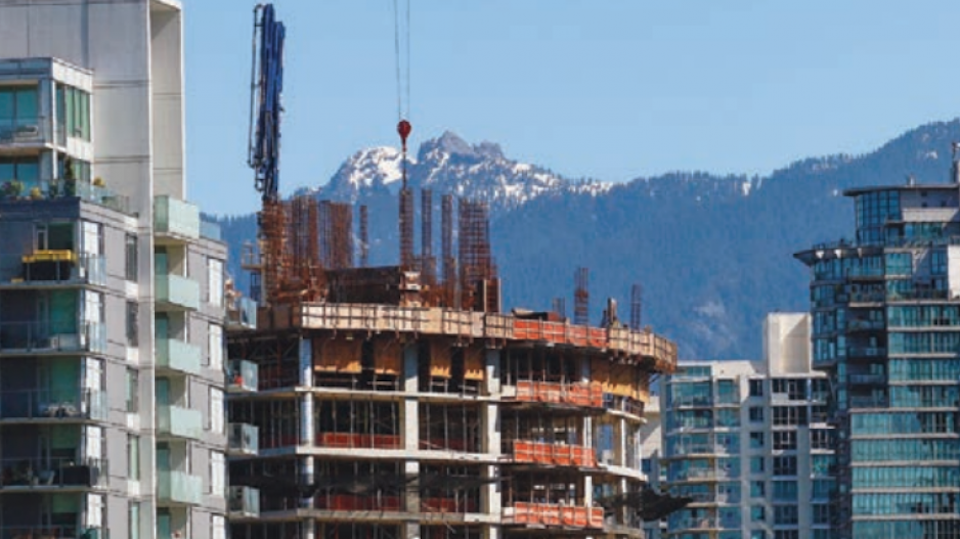B.C. wants and needs to increase the depth of its talent pool, but does it have the housing infrastructure to accommodate more immigration and in-migration of that talent?
It is not a new question, and experts and politicians alike have weighed in with possible answers. But competing conclusions complicate opinions as to whether the province’s housing supply is keeping up with population growth.
According to the Union of BC Municipalities’ (UBCM) Building BC: Housing Completions & Population Growth 2016-2021 report, housing supply has kept pace with population growth, and more housing has been built in B.C. over the past three years than in any three years in the past two decades.
But the Canadian Home Builders Association of British Columbia (CHBA BC) recently released a study alongside Altus Group Economic Consulting that maintains there is a housing shortfall B.C.
According to the study, if there was enough housing to meet demand, nearly 87,000 more households would have been created in B.C. between 2011 and 2021. For all municipalities studied, household growth fell short by 3,433 households per year within that 10-year window, because of a lack of available housing.
Unlike the UBCM report, CHBA BC says that there is a disconnect between demand and the housing supply that governments are approving or planning for.
“Effectively, housing caps population growth for B.C., so at this point, we’re not building enough to allow more people to live here,” said University of British Columbia (UBC) sociology professor Nathanael Lauster.
For solutions, the province could look to New Zealand, which tackled a similar housing issue in a revolutionary way, according to Lauster.
He said that country has instituted “pretty extraordinary reforms” in terms of how their housing production works, including limiting municipalities’ ability to exclude housing.
“The reforms effectively strip away certain rights of municipalities to limit housing, especially near transit infrastructure; they also strip away the right to, say, limit housing construction to [single-family homes].”
The reforms are coupled with efforts to accelerate municipal approvals and allocate more land to housing.
Lauster said that while it is too early to determine whether these reforms have been effective, the country is already seeing some results.
Closer to home, Coquitlam City Coun. Craig Hodge, the Greater Vancouver Regional District’s UBCM representative, said that the first step to a solution is working with the province.
“We’ve never said that there’s enough housing. What we have said is we need more housing, and we need the right type of housing,” Hodge said.
This mirrors the UBCM’s emphasis on the need for affordable rental housing and co-ops. Hodge said that other solutions lie in limiting house flipping – which can drive prices up – looking at the whole supply chain to understand underlying issues for construction and prioritizing rental housing.
Another solution, according to Lauster, is to continue to work with local First Nations.
“In addition to the broader reconciliation goals … we’ve really seen it be this enormous boom to our local housing need in terms of First Nations stepping up and building the housing that municipalities aren’t allowing.”
Lauster added that when First Nations are back in control of their lands, there is greater flexibility for what can be achieved. An example of this, he said, is the Senakw development along False Creek.
“Removing that ability to prevent housing and shifting control over to an authority that is very supportive of more housing is huge,” he said. “I think it’s an enormous benefit to our local housing crisis that shouldn’t be overlooked.”


